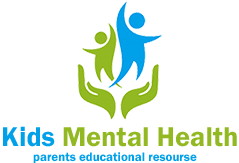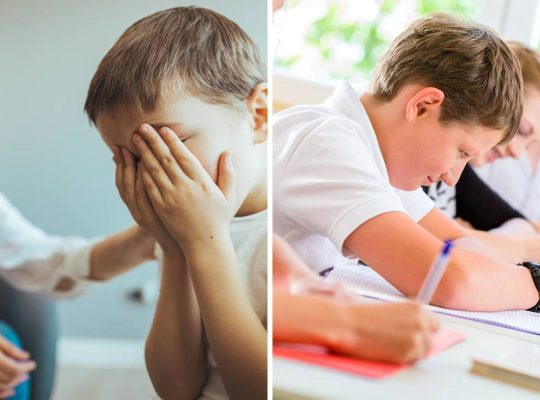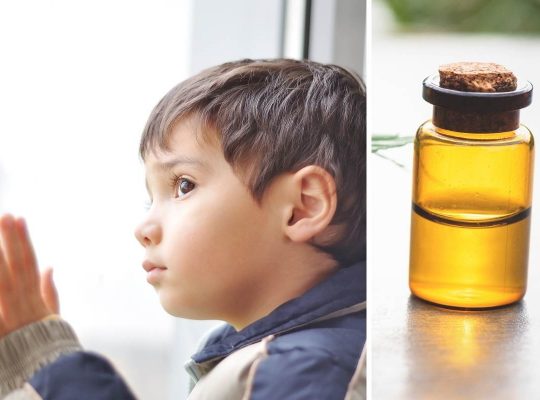From Panic to Performance: Tips for Reducing Test Anxiety in Children
Test anxiety is a common challenge faced by many children, impacting their performance and overall well-being. One engaging way to alleviate this stress is through the use of test review games, which can transform the preparation process into a fun and interactive experience. These games not only make learning more enjoyable but also help reinforce the material, boosting confidence and reducing anxiety. However, in this article, we will explore various tips for parents and educators on how to help children manage test anxiety, ensuring they approach tests with a …










